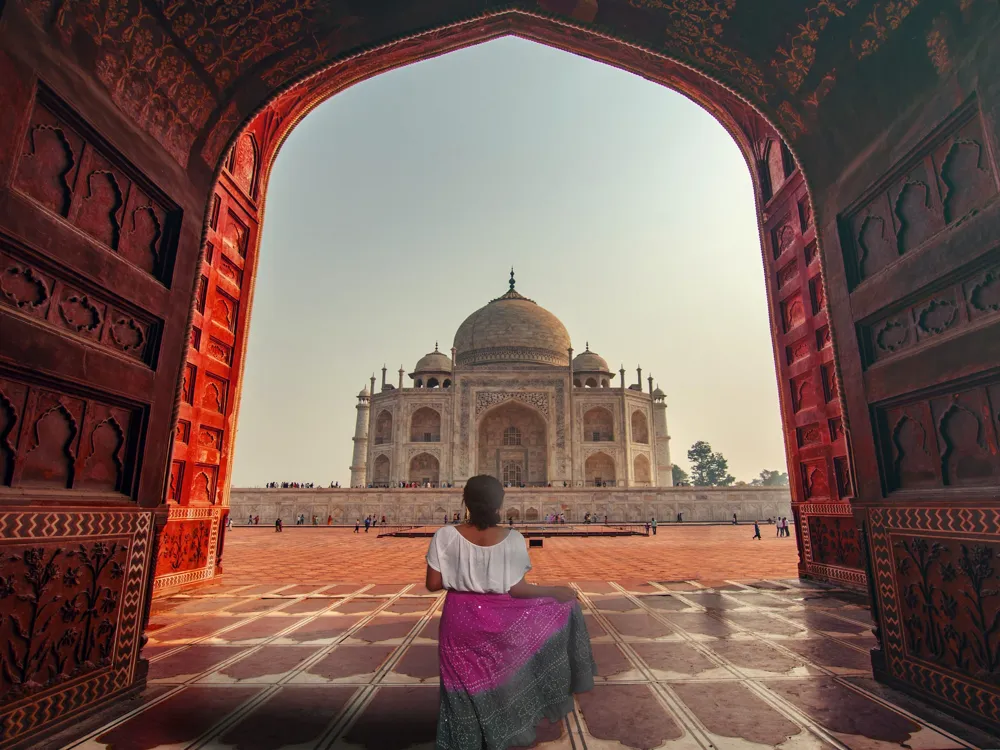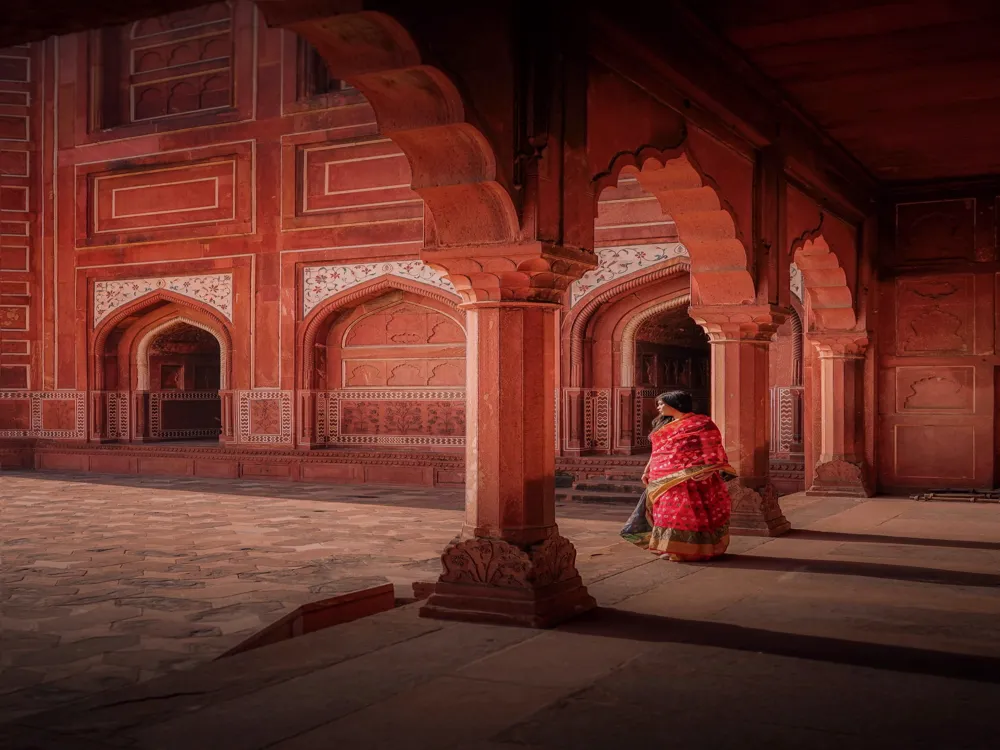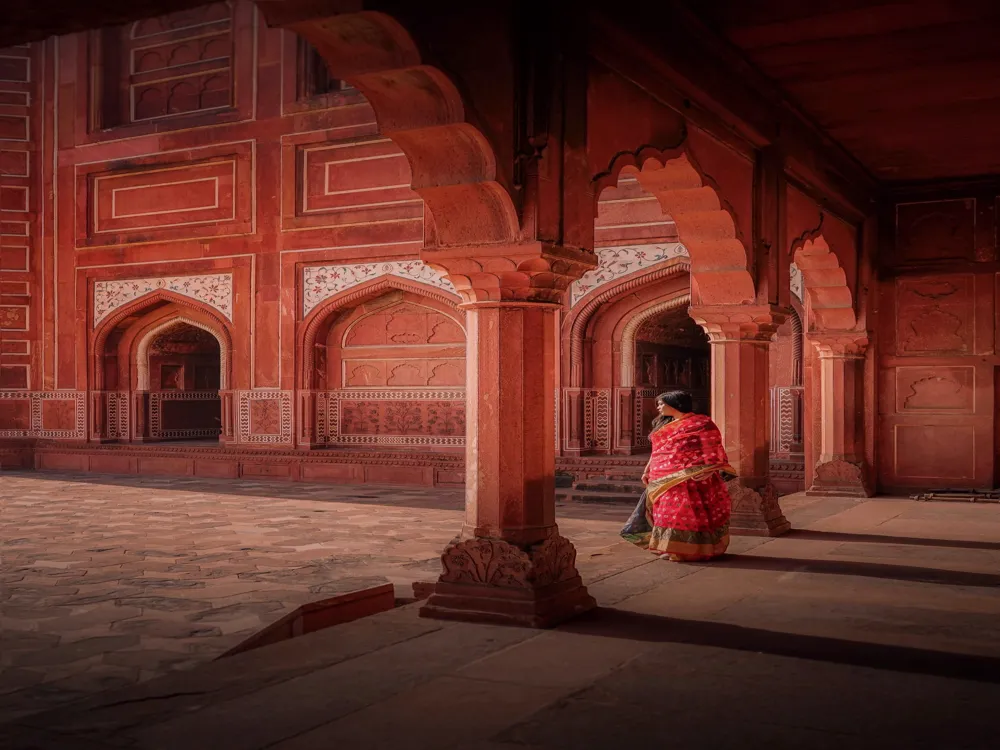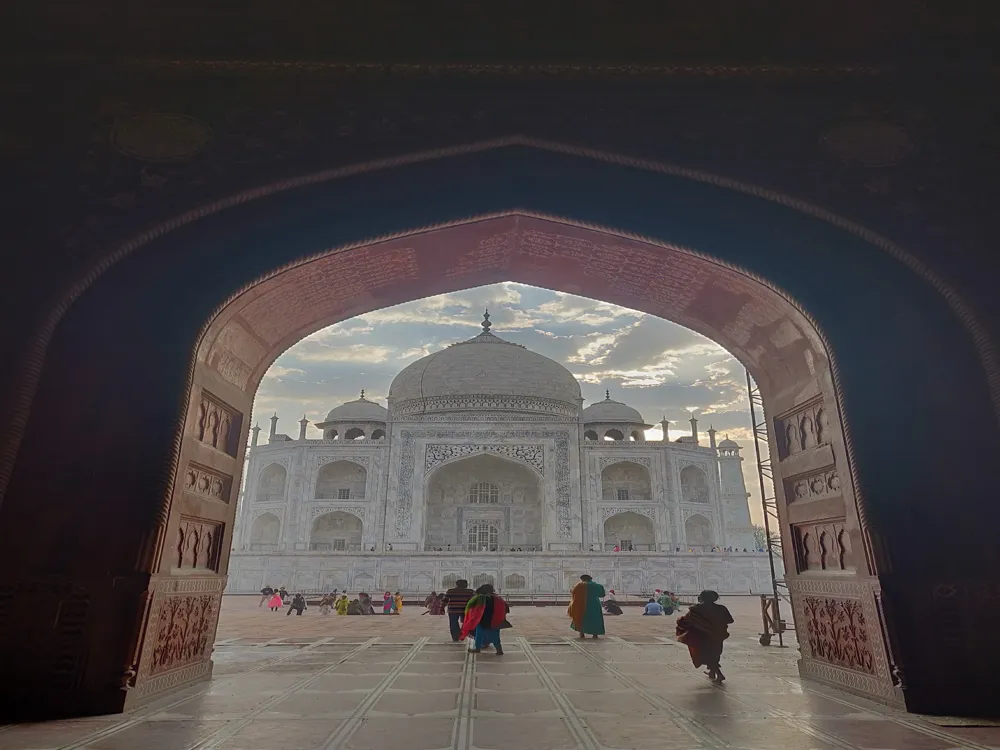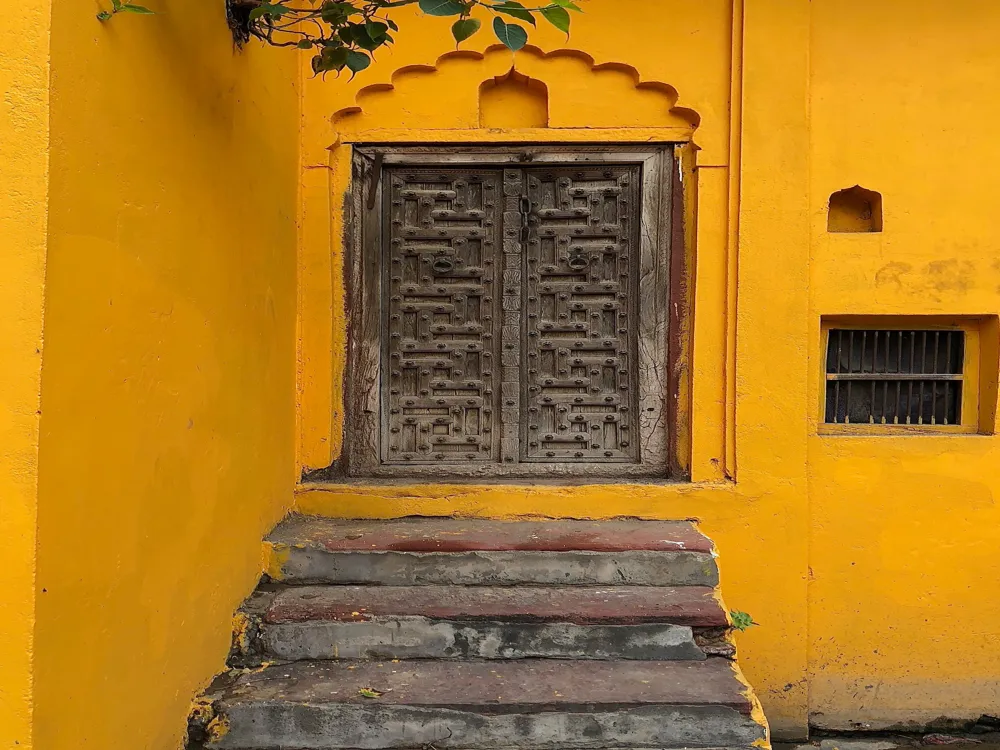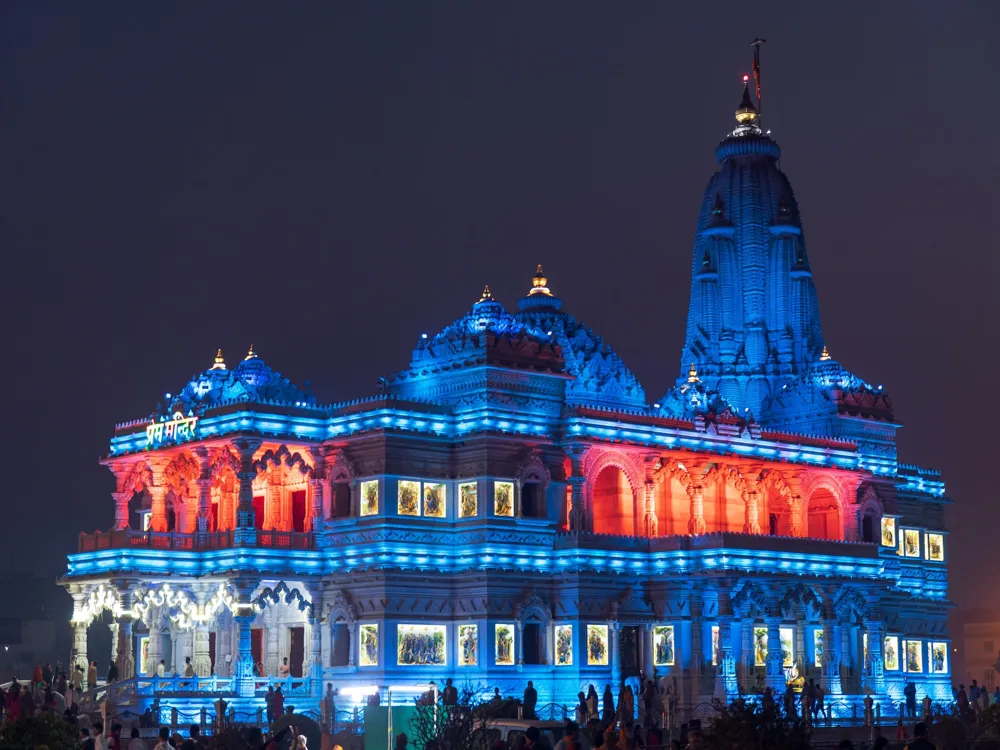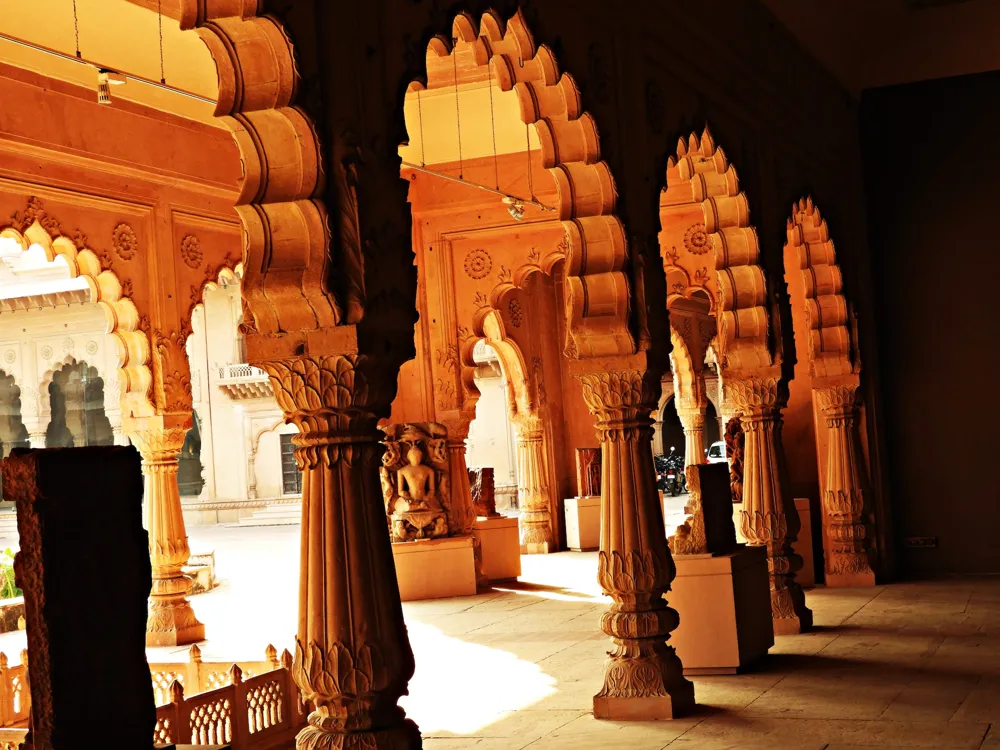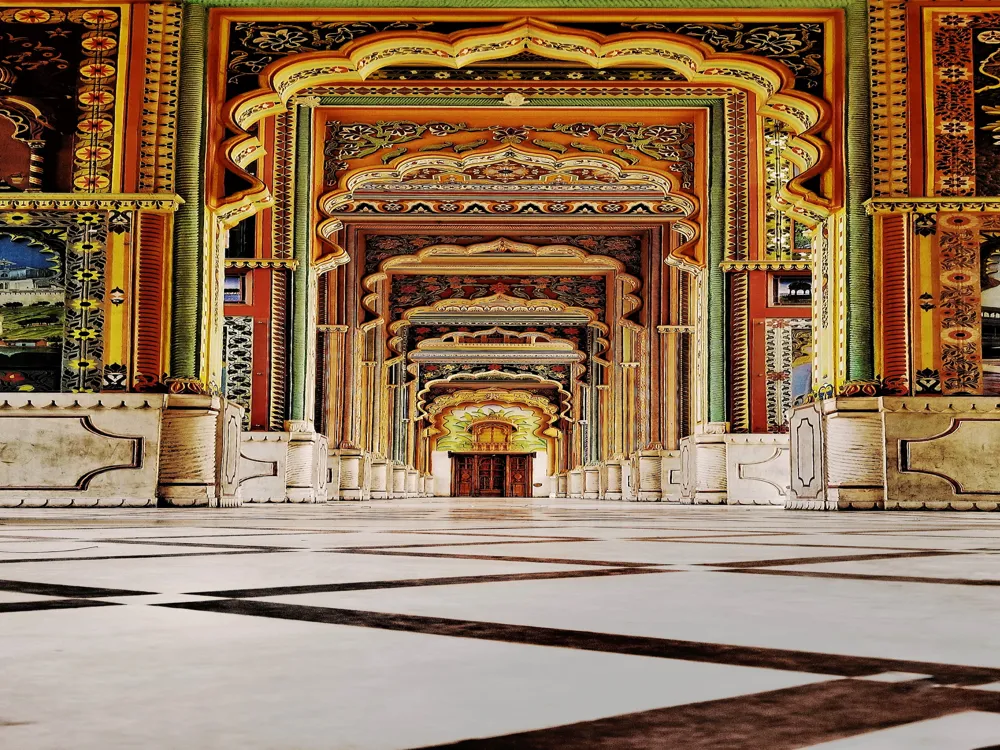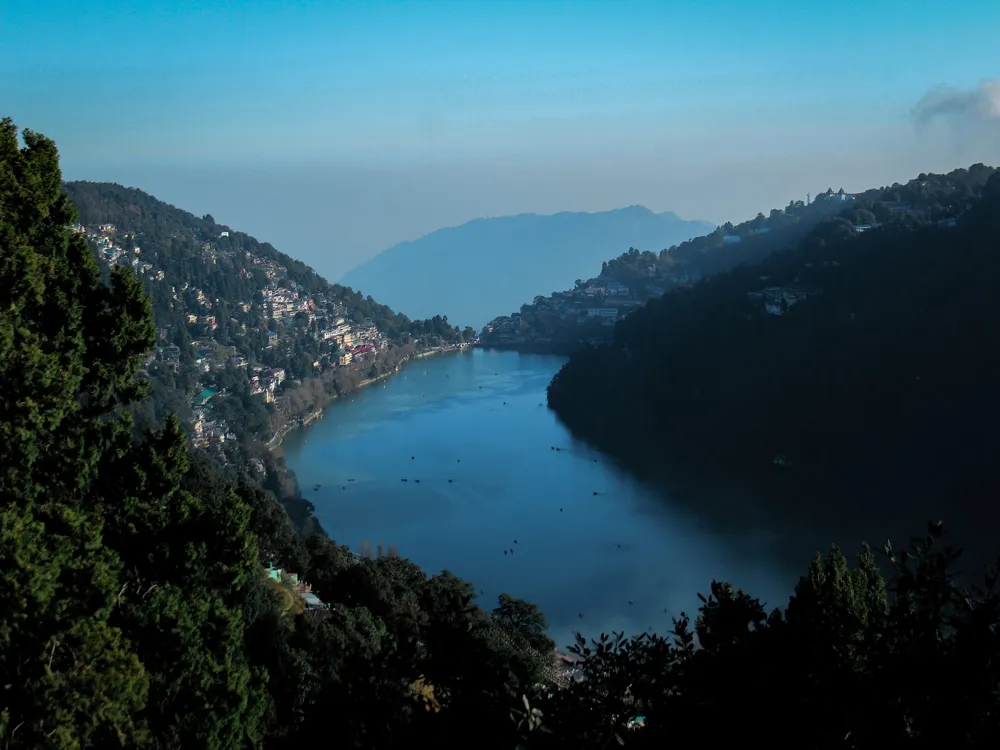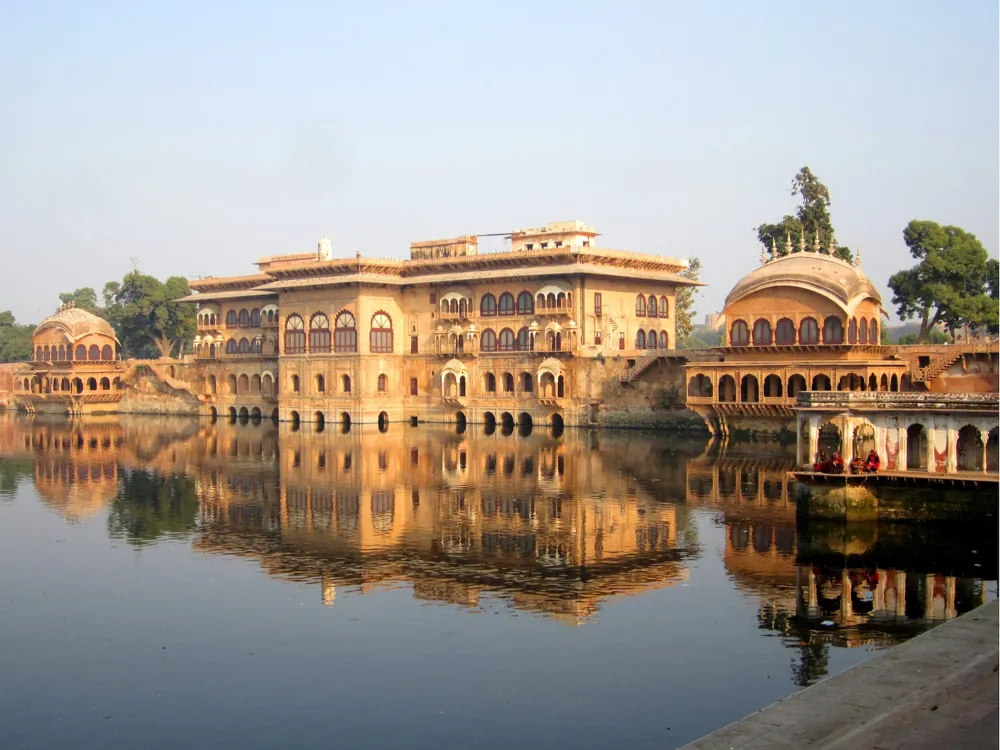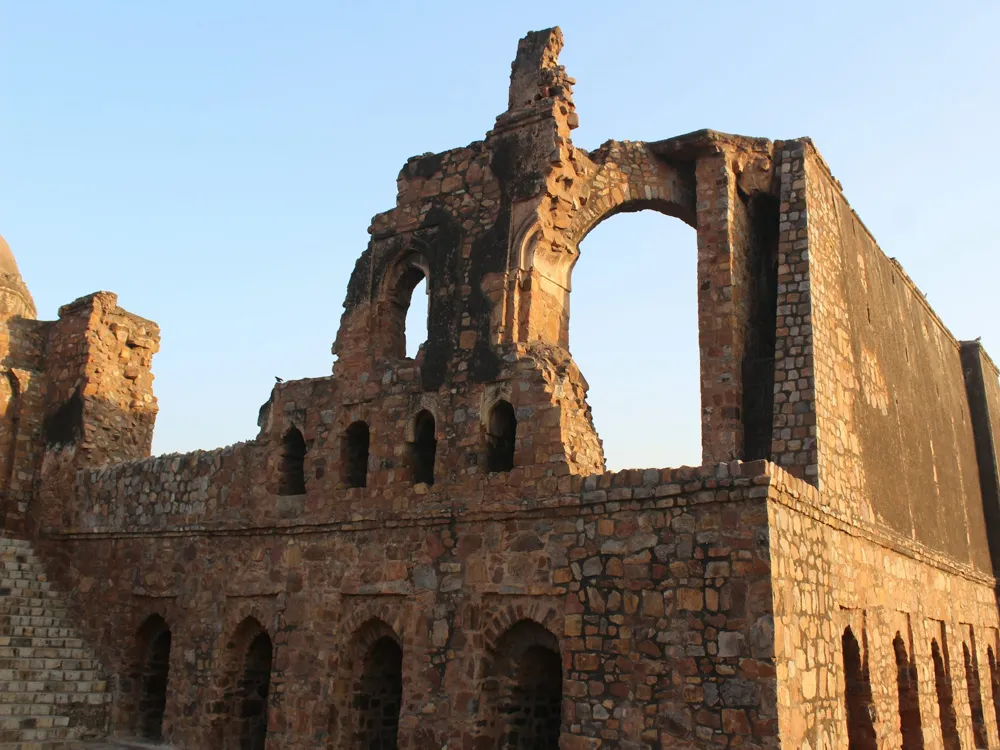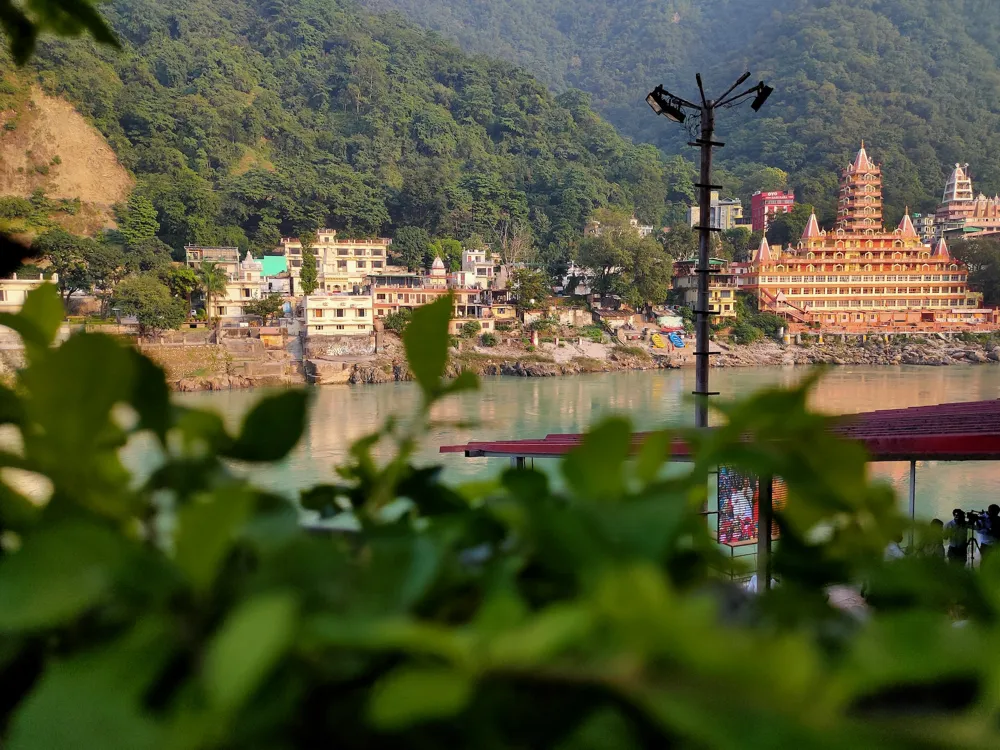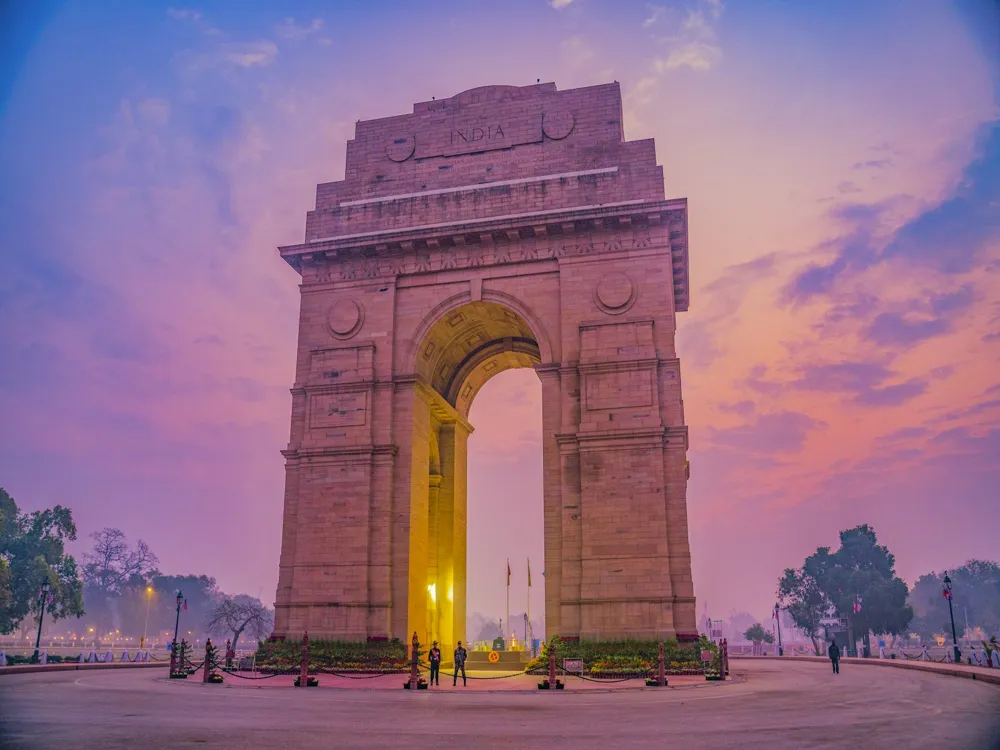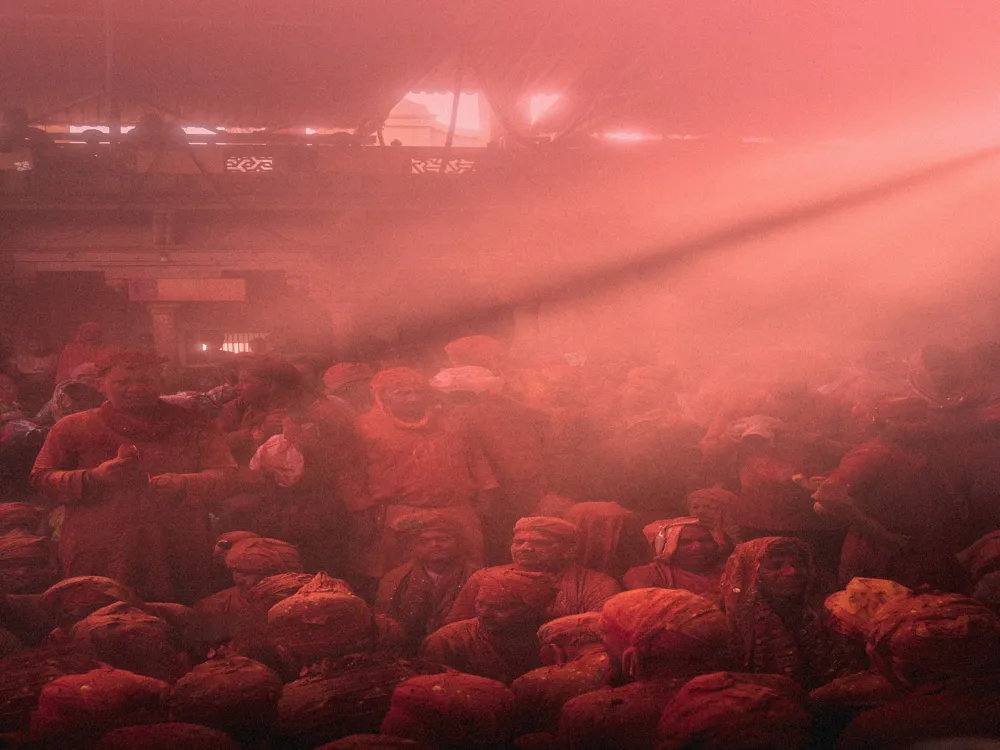Agra, a city in the northern state of Uttar Pradesh, India, is a tapestry of history, culture, and architectural grandeur. Known globally for the iconic Taj Mahal, Agra's history is deeply intertwined with the Mughal Empire. The city's origins date back to the Mahabharata era, and it flourished under the Mughal reign, especially during the time of Emperor Akbar. Agra's rich past is evident in its numerous historical monuments, bustling streets, and vibrant culture that resonates with the tales of its glorious days. The Mughal emperors left an indelible mark on Agra, transforming it into a center of art, culture, and architectural innovation. The city was not only the capital of the Mughal Empire at various points in history but also a canvas for the emperors to express their artistic and architectural visions. The legacy of the Mughal era is evident in Agra’s magnificent structures, gardens, and the fusion of Persian and Indian art forms. Agra is a melting pot of cultures, traditions, and religions, showcasing the harmonious coexistence of diverse communities over centuries. This cultural amalgamation is reflected in Agra's cuisine, festivals, and daily life, making it a fascinating destination for travelers from all over the world. Today, Agra is not just about historical monuments but also a bustling city with a thriving economy. It's a city that beautifully balances its ancient heritage with the vibrancy of modern life. The city’s crafts, such as marble inlay work and leather goods, are also famous worldwide, contributing significantly to its economy and tourism. Located on the banks of the River Yamuna, Agra’s strategic geographical position contributed to its historical importance. The river not only provided a natural defense but also facilitated trade and commerce, making Agra a hub of economic activity during the Mughal era and beyond. Agra's architecture is a testament to the city's rich historical and cultural legacy. Dominated by Mughal architectural styles, the city is home to some of the world’s most renowned architectural marvels, including the Taj Mahal, Agra Fort, and Fatehpur Sikri. These structures are not just monuments but narrators of the city's glorious past. The Taj Mahal, a symbol of love and one of the Seven Wonders of the World, exemplifies the zenith of Mughal architecture. Built by Emperor Shah Jahan in memory of his wife Mumtaz Mahal, this white marble mausoleum blends elements from Persian, Turkish, Indian, and Islamic architectural styles. Its intricate carvings, inlay work, and the perfect symmetry are awe-inspiring. The Agra Fort, another UNESCO World Heritage Site, is a red sandstone fortress that exemplifies both the military might and the architectural ingenuity of the Mughals. It was the main residence of the emperors of the Mughal Dynasty until 1638. The fort contains several impressive structures like Diwan-e-Aam, Diwan-e-Khas, and the Sheesh Mahal. Fatehpur Sikri, a city predominantly made of red sandstone, was founded by Emperor Akbar. It served as the Mughal capital for a short period and is renowned for its fusion of Indian and Islamic architecture. The Buland Darwaza, Panch Mahal, and the Tomb of Salim Chishti are some of the notable structures in Fatehpur Sikri. Beyond these iconic structures, Agra is dotted with numerous gardens, tombs, and mosques, each with its unique architectural style and historical significance. These include the Itmad-ud-Daulah's Tomb, often referred to as the 'Baby Taj', and the Mehtab Bagh, which offers a stunning view of the Taj Mahal. The best time to visit Agra is during the cooler months from November to March. The weather is pleasant, making it ideal for sightseeing and exploring the city's attractions. Agra is well-connected by road, rail, and air. The city can be navigated by taxis, auto-rickshaws, or cycle rickshaws. It's advisable to agree on a fare beforehand or opt for pre-paid services where available. Agra offers a range of accommodation options, from luxury hotels to budget stays. Many hotels offer views of the Taj Mahal, making for an unforgettable experience. Agra's cuisine is a delightful blend of Mughlai and North Indian flavors. Don’t miss trying the famous Agra Petha and savory dishes like kebabs and biryani. While visiting religious sites, dress modestly and be mindful of local customs. Photography may be restricted in certain areas, so it's best to seek permission before capturing photographs. Agra is accessible via various modes of transportation, making it an easy-to-reach destination for tourists. The city is well-connected by road, rail, and air networks, linking it to major cities across India and beyond. Agra's Kheria Airport is connected to major cities in India. It’s a convenient option for travelers looking to save time. From the airport, one can hire a taxi or take a bus to reach the city center. Agra is well-connected by train with major Indian cities like Delhi, Mumbai, and Kolkata. Agra has four railway stations - Agra Cantt, Agra Fort, Raja Ki Mandi, and Idgah Agra Junction, making it convenient for travelers to reach the city. Agra has a good network of roads connecting it to other cities in India. The Yamuna Expressway and National Highway 19 are the main highways used to reach Agra. Buses, taxis, and self-driven cars are popular options for road travel to Agra. Read More:Overview of Agra, Uttar Pradesh
Mughal Influence on Agra
Cultural Melting Pot
Modern Agra
Geographical Significance
Architecture of Agra
The Taj Mahal
Agra Fort
Fatehpur Sikri
Other Architectural Marvels
Tips When Visiting Agra
Best Time to Visit
Transportation and Getting Around
Accommodation
Local Cuisine
Respecting Local Culture
How To Reach Agra
By Air
By Train
By Road
Akbar's Tomb
Agra
Uttar Pradesh
₹ 8,000 onwards
View agra Packages
Weather :
Tags : Tombs & Mausoleums
Timings : Sunrise to Sunset,
Closed on Fridays
Time Required : 1-2 hrs
Entry Fee : Development Authority: INR 5,
Citizen of SAARC and BIMSTEC countries: INR 25,
Toll Tax by Agra Development Authority: INR 10,
Other foreigners: INR 110,
Children (up to 15 years): Free
Tips :
- The foreigners who purchase the Agra Development Authority toll ticket of INR 500 for Taj Mahal, do not need to purchase any other toll ticket if they visit Akbar's Tomb on the same day.
- There are a lot of monkeys at this place, so take care of your belongings.
Planning a Trip? Ask Your Question
Also Refered As:
Sikandra Complex
Agra Travel Packages
View All Packages For Agra
Top Hotel Collections for Agra

Private Pool

Luxury Hotels

5-Star Hotels

Pet Friendly
Top Hotels Near Agra
Other Top Ranking Places In Agra
View All Places To Visit In agra
View agra Packages
Weather :
Tags : Tombs & Mausoleums
Timings : Sunrise to Sunset,
Closed on Fridays
Time Required : 1-2 hrs
Entry Fee : Development Authority: INR 5,
Citizen of SAARC and BIMSTEC countries: INR 25,
Toll Tax by Agra Development Authority: INR 10,
Other foreigners: INR 110,
Children (up to 15 years): Free
Tips :
- The foreigners who purchase the Agra Development Authority toll ticket of INR 500 for Taj Mahal, do not need to purchase any other toll ticket if they visit Akbar's Tomb on the same day.
- There are a lot of monkeys at this place, so take care of your belongings.
Planning a Trip? Ask Your Question
Also Refered As:
Sikandra Complex
Agra Travel Packages
View All Packages For Agra
Top Hotel Collections for Agra

Private Pool

Luxury Hotels

5-Star Hotels

Pet Friendly







